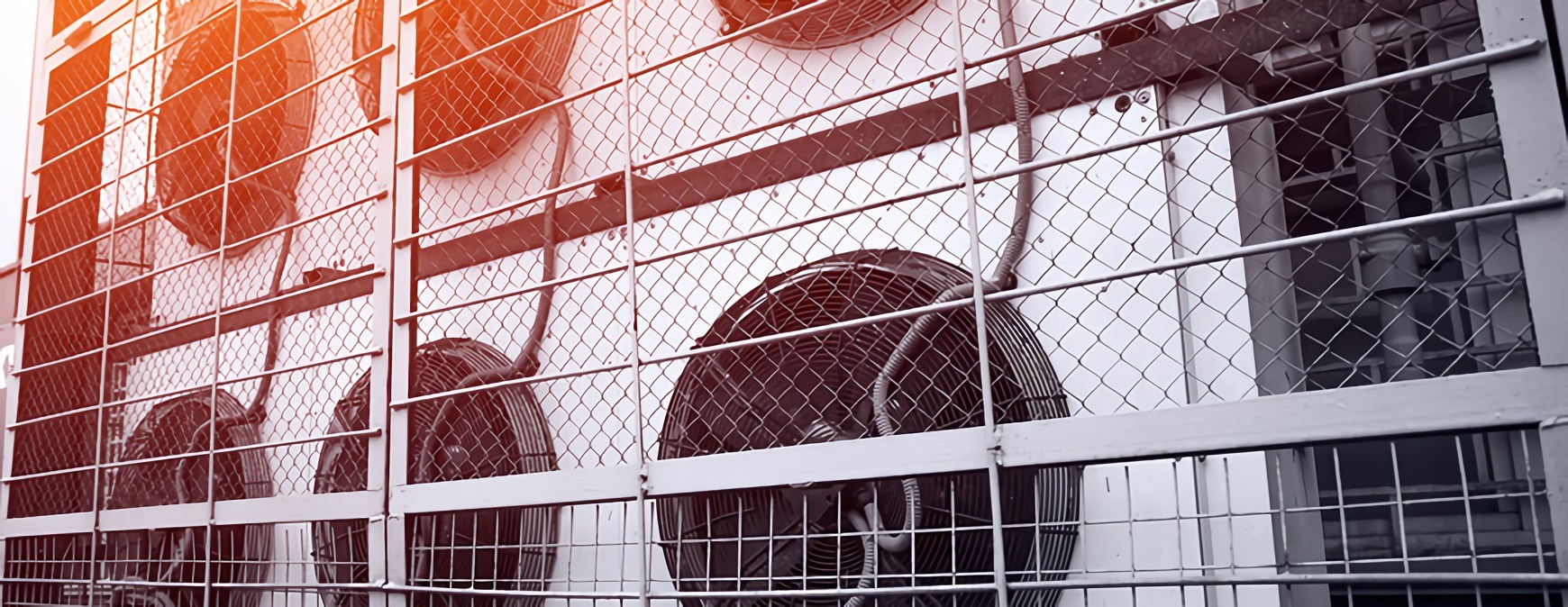RSI is a Great Training Option for Everyone
Learn more about how we can prepare you to advance your career.
One of the first things every HVAC/R student learns is that air conditioning units don’t create cool air. What they actually do is remove heat out of a given area.
All refrigeration systems work by transferring heat around, moving it from a designated area to somewhere else, thus cooling that designated area off and reversing the natural flow of heat with the application of energy. How this happens, however, varies among the four different types of refrigeration systems.[1]
What Are the Different Types of Refrigeration Systems?
While the four types of refrigeration systems have many similarities, they have just as many differences. To help you get ahead of the curve, we’ve broken down each one in some summaries below.
Mechanical-Compression Refrigeration Systems
The most widely used refrigeration cycle method is mechanical compression. It has applications in both air conditioning and commercial and industrial refrigeration.
As the name suggests, these types of systems transfer heat by mechanically compressing refrigerant into a low-pressure, cold liquid and expanding it into a high-pressure, hot gas. Refrigerants are substances that can boil at a wide range of temperatures with the application or removal of pressure.
Get Started on the Path to a New Career
Fill out our form to learn how we can help you change your life.
Like all liquids, they absorb heat when they boil into a gas and release it when they condense back into a liquid.
The basics of the process deal with moving the refrigerant from the low-pressure side of the closed system to the high-pressure side. The liquid refrigerant boils at 40°F on the low-pressure side and absorbs heat from the warm indoor air.
On the high-pressure side of the system, the heat travels from the 110°F vapor refrigerant to the cooler outdoor air, and the process repeats.[2]
Absorption Refrigeration
Heat is also transferred in absorption refrigeration systems by compressing and expanding refrigerant.
These systems rely on the process of absorption and heat, instead of an electrically powered mechanical compressor, to move the refrigerant from the low-pressure side to the high-pressure side. Unlike mechanical-compression refrigeration systems, which typically use R-22 and R-410A for refrigerants, absorption refrigeration systems use refrigerants that other substances are attracted to and absorb.
For example, residential HVAC chillers often use ammonia as the refrigerant and water as the absorbent. The water is located in a component called the absorber, where it sucks ammonia from the low-pressure side of the system and removes heat while absorbing it. A pump sends the water-ammonia solution to a generator, which boils it, separating the ammonia from the water before sending it to the high-pressure side.[3]
In addition to the process of absorption, heat is also used to move the refrigerant throughout the system. The heat can derive from hot water, steam, natural gas or other fuel sources.[4]
Evaporative Cooling
Unlike the mechanical-compression and absorption refrigeration systems discussed above, evaporative cooling doesn’t use the traditional refrigeration cycle. Instead, these units, often called swamp coolers, cool warmer outdoor air by blowing it over water-soaked pads as it enters the home.
The water absorbs the heat from the air and evaporates. The cooler air is channeled into the home and the warm air out of it.
Evaporative coolers can reduce air temperature by 15° to 40°F but are best suited for dry climates, such as those in the southwestern U.S. They’re also less costly to install and use about a quarter of the energy of central air conditioners.[5][6]
Thermoelectric Refrigeration
Thermoelectric refrigeration systems are unique from the three other types of refrigeration in that no refrigerant or water is used. These systems use an electric current and a thermocouple.
A thermocouple is made up of two different metal wires that are united at both ends. Insulation separates the rest of the wires from each other. When the current is directed on the thermocouple, one end will become hot and the other cool.
Reversing the current’s direction has the effect of swapping the cold and hot junctions. The hot end will typically be placed outside of the area to be cooled with a heat sink attached to it to keep it the same temperature as the surrounding air.
The cold side, which is below room temperature, is placed in the area to be cooled, attracting heat out of the air.[7]
This type of refrigeration is generally used for small cooling loads that can be difficult to access, such as electronic systems.[1]
Wide World of Refrigeration
Refrigeration is only one part of an entire industry built around keeping indoor air comfortable and healthy called heating, air conditioning, ventilation, and refrigeration (HVAC/R).
A whole universe of science exists behind the ways refrigeration operates to keep the world cooler. Learn more facts about how refrigeration works.
Additional Sources
[1] Title: Fundamentals of HVAC; Authors: Carter Stanfield and David Skaves; Air-Conditioning, Heating, and Refrigeration Institute; Second Edition; Textbook page 144
[1] Title: Fundamentals of HVAC; Authors: Carter Stanfield and David Skaves; Air-Conditioning, Heating, and Refrigeration Institute; Second Edition; Textbook page 137-138
[2] Title: Fundamentals of HVAC; Authors: Carter Stanfield and David Skaves; Air-Conditioning, Heating, and Refrigeration Institute; Second Edition; Textbook page 138-141
[3] Title: Fundamentals of HVAC; Authors: Carter Stanfield and David Skaves; Air-Conditioning, Heating, and Refrigeration Institute; Second Edition; Textbook page 141-143
[4] http://www.brighthubengineering.com/hvac/65923-simple-vapor-absorption-refrigeration-system/
[5] Title: Fundamentals of HVAC; Authors: Carter Stanfield and David Skaves; Air-Conditioning, Heating, and Refrigeration Institute; Second Edition; Textbook page 142-144
[6] https://energy.gov/energysaver/home-cooling-systems/evaporative-coolers
[7] https://www.activecool.com/technotes/thermoelectric.html
This blog has been labeled as archived as it may no longer contain the most up-to-date data. For a list of all current blog posts, please visit our blog homepage at https://www.rsi.edu/blog/




